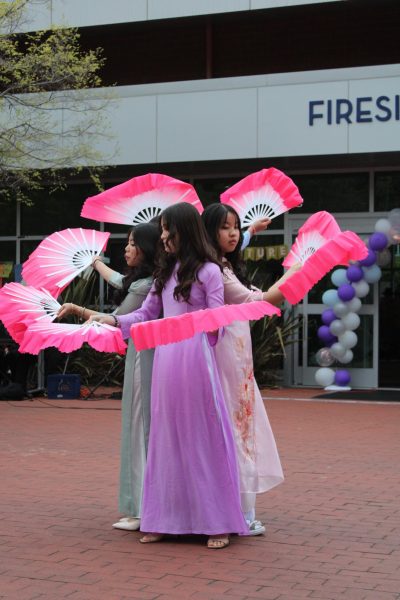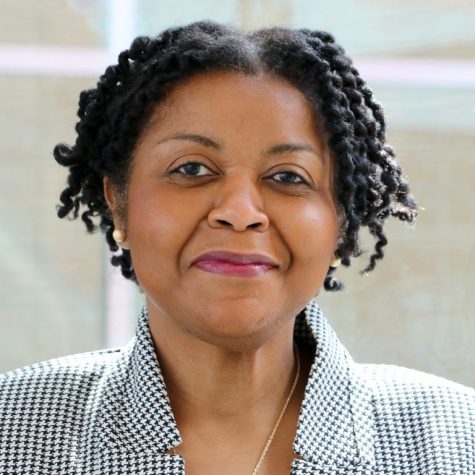Celebratory month recognizes struggle
March 17, 2015
Women’s History Month began in 1981 when Congress passed Pub. L 97-28, which allowed the country to observe Women’s Week surrounding Women’s Day, celebrated annually then on March 8.
Over the next five years Congress passed many joint resolutions continuing Women’s History Week. In 1987, The National Women’s History Project successfully petitioned Congress to pass Pub. L 100-9, which designated the month of March as Women’s History Month.
Strides were made to dissolve women’s suffering with the passage of affirmative action laws during the civil rights movement. Despite the benefits garnered by all women, women of color still remain disproportionately marginalized in America.
There is still work to be done, but the historic voice of feminist activism has been hijacked by the rhetoric of some of its earlier opponents.
If all women supported affirmative action, along with minority men and progressive white men, attempt to undo gains made through the movement would be useless.
In the days since the civil rights movement, white women, who some argue benefitted the most from affir- mative action, began to show waning support for the movement.
It became obvious after the passage of the act that legislative non discrimination would not be enough to alter the nation’s opportunity structure.
This sentiment was put on display in 1996 when only 42 percent of white women voted to keep affirmative action in place by way of California ballot initiative Proposition 209.
Women voters outnumbered male voters that year, accounting for 53 percent of the vote. Also, Democrats exceeded Republicans 42 to 38 percent, according to the California Secretary of State’s official statement on voting.
At the ballot box, white women are voting more like white men on the issue because they increasingly identify their issues as being tied to that group. A targeted portrayal of affirmative action taking jobs away from their sons and husbands contributed to influencing the shift.
Women did not choose to divide themselves — they are actually divided. Intersectional feminists try to use the language of intersection and inclusion to understand the differ- ences between people, and at the same time, work together.
Women can and do exist in multiple oppressed communities. Sexism affects women, racism affects people of color, but a woman of color is impacted by both.
Since white women have made significant gains in the 45 years since the civil rights movement, they vote as if affirmative action is no longer needed.
It seems they identify more with their perceived racial interests than gender or reproductive rights and have the privilege to overlook issues of intersectional oppression.
A study by The Global Poverty Report says, today, women make up half of the world’s population but represent 70 percent of the world’s poor.












